Unmanned Aircraft Systems (UAS) are a hallmark of the transforming mission of the U.S. Army Communications-Electronics Command as it embraces the principles behind Army Continuous Transformation. Modern UAS technology is touted as the future of the force, capable of performing a wide array of tasks while keeping Soldiers safe from harm. Although UAS use has been highlighted in recent news coverage of war-fighting efforts across the globe, the basis for current developments begins with the Signal Corps almost 70 years ago.
The CECOM Historical Archive collection documents the use of drone technology for surveillance throughout the late 1950s and early 1960s, a natural progression of the U.S. Army Signal Corps’ historic aviation and photography missions.
An article in the March-April 1956 edition of “Tec-Tac,” Technical and Tactical Training Aid Nonresident Conference Course, produced by The Signal School, Fort Monmouth, NJ, highlights the early development of drone technology for surveillance, written for the knowledge of Signal Soldiers.
Development by the Signal Corps of a new camera-carrying drone will give the combat commander front-line aerial surveillance photographs in less than an hour and at no risk to personnel. The drone, a radio-controlled aerial target plane, was equipped at the Army Electronic Proving Ground (at Fort Huachuca, AZ) for its aerial surveillance mission. The drone can fly in excess of 200 miles an hour and climb at a rate of several thousand feet a minute. Although its take-off is jet-assisted, the drone operates on a gasoline motor-driven propeller while in the air. Equipped with still and motion picture cameras, the drone provides aerial photographic coverage at altitudes from a few hundred feet up to more than four miles.
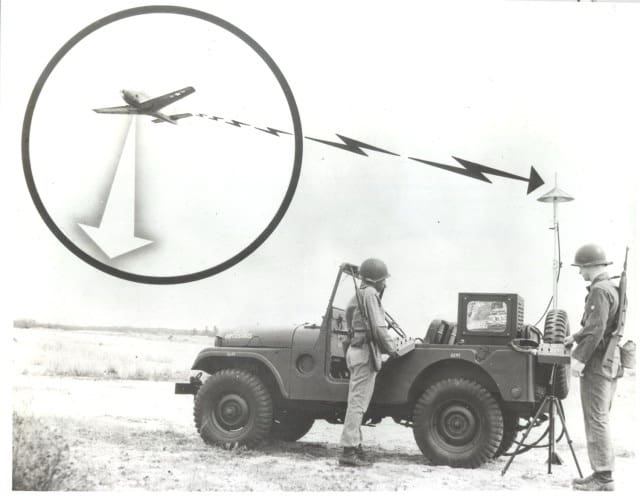
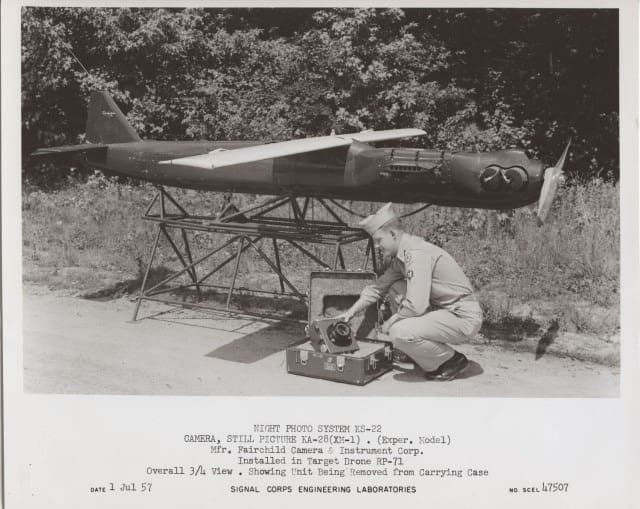
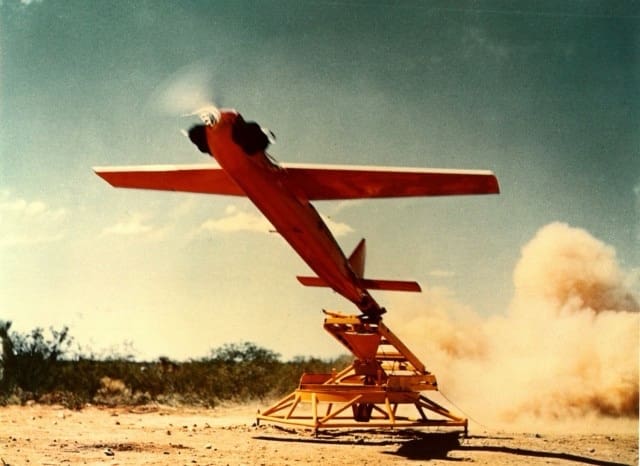
That same year, a captioned photograph depicted Soldiers operating radio remote controls that could pilot a television robot plane up to 40 miles away. The unmanned aircraft transmitted aerial views of distant sites, using lightweight television equipment developed at the Army’s Signal Corps Engineering Laboratories at Fort Monmouth. The airborne TV station weighed 135 pounds, less than a human pilot.
Development continued through the late 1950s and early 1960s, with the 1957 experiments of a Night Hawk drone, a nighttime photo system, and a still picture camera installed in Target Drone RP-71; the surveillance drone SD-2 of 1959 tested at Yuma Proving Ground, and the 1962 Infrared Surveillance System AN/UAS-4.
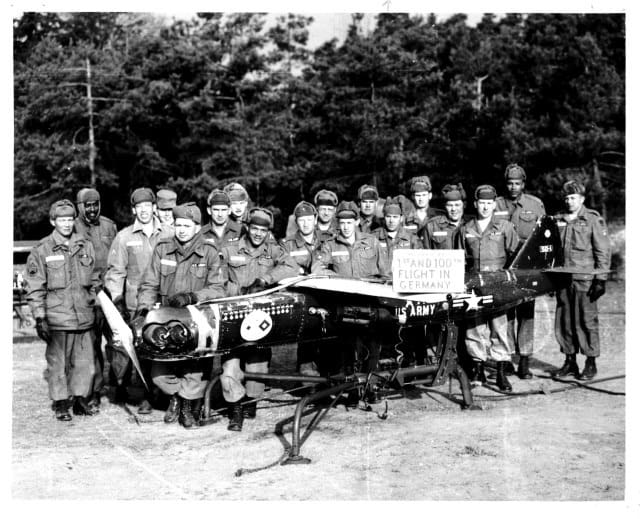
In Germany, a photograph taken in April 1960 documents the men of the Drone Section USA Surveillance Unit, Europe, lined up behind the SD-1 Surveillance Drone that flew the first and one hundredth Surveillance Drone flight in Europe as a demonstration for Secretary of Defense Thomas S. Gates, Jr. This was the next-to-last demonstration — the last one was for AUSA members.
In 1965, however, the Army Chief of Staff directed the Army Materiel Command that funds would not be expended on a complete drone system until formal requirements for drones were established, and a study was conducted regarding the need for drones, weighing the desired capabilities against the complexity of operations, maintenance, and training. As the U.S. began operations in Southeast Asia in the mid-1960s, the widespread testing and development of the technology vanished from the historical record, likely due to the densely forested landscape of Vietnam that limited the effectiveness of this type of developing surveillance technology. By 1966, many of the programs that were being developed and tested were declared obsolete, and the technologies and resources were reallocated to other areas across the U.S. Army Electronics Command, a CECOM predecessor.
Though sidelined in the 1960s due to mission needs and the changing face of warfare, the Signal Corps’ drone program laid the foundation for the autonomous systems and capabilities that continue to shape the future of military operations.
By Susan Thompson, CECOM Command Historian
You can skip to the end and leave a response. Pinging is currently not allowed.
Read the full article here

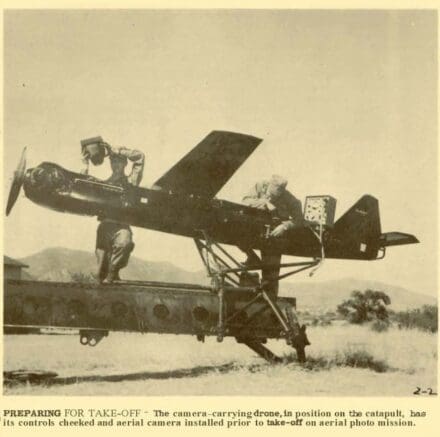
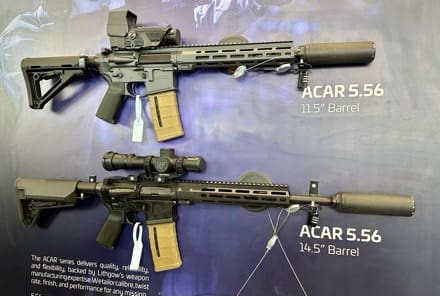



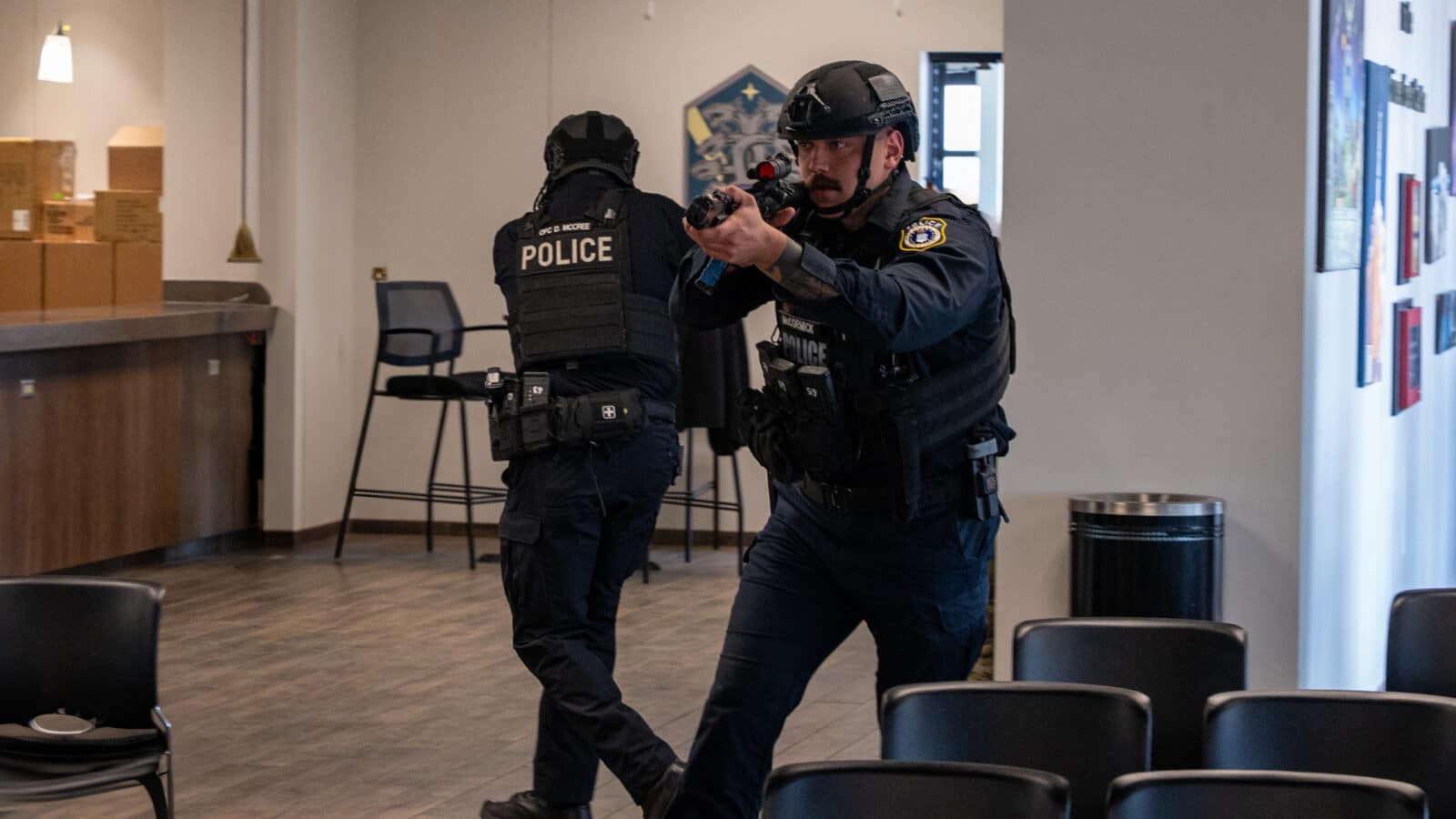
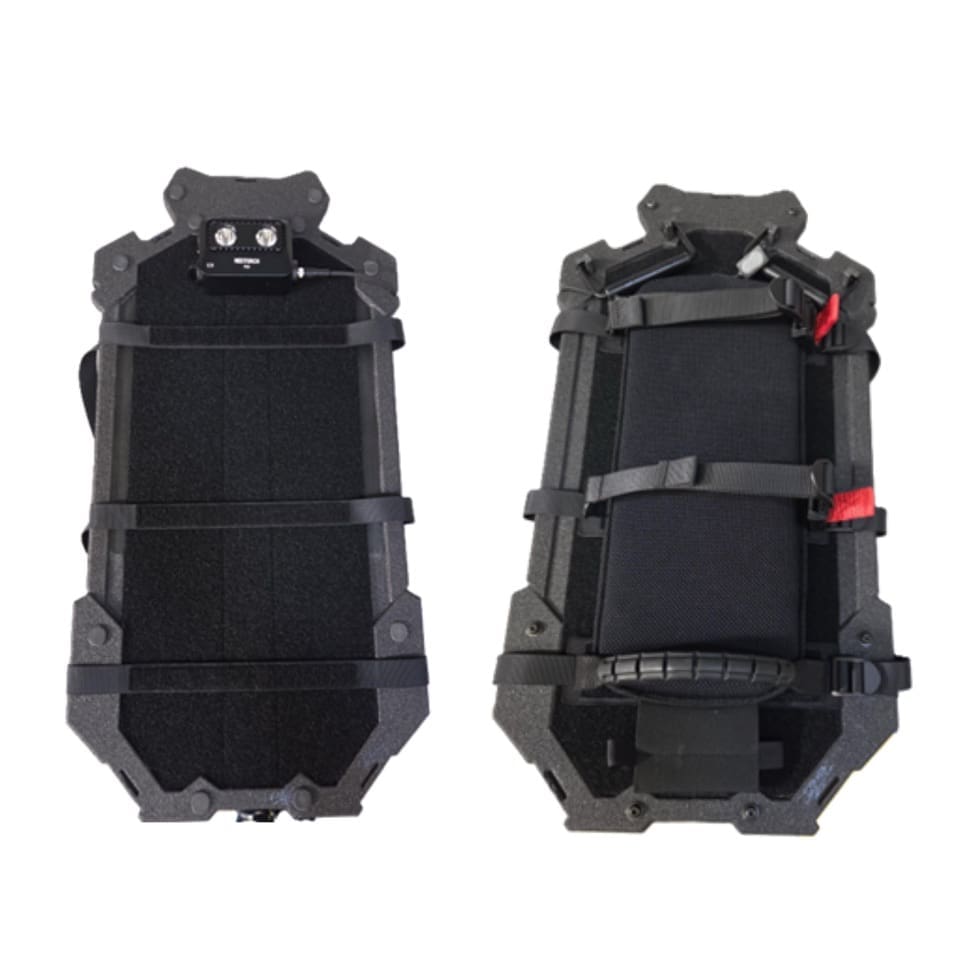
Leave a Reply